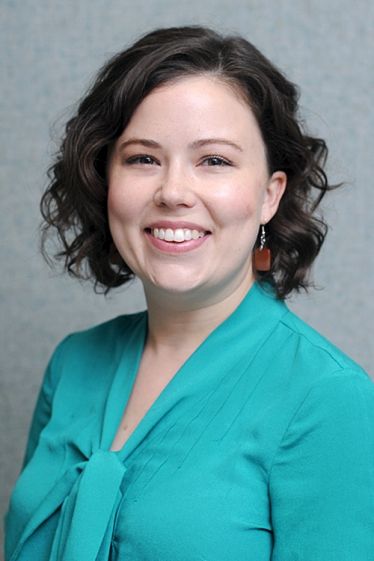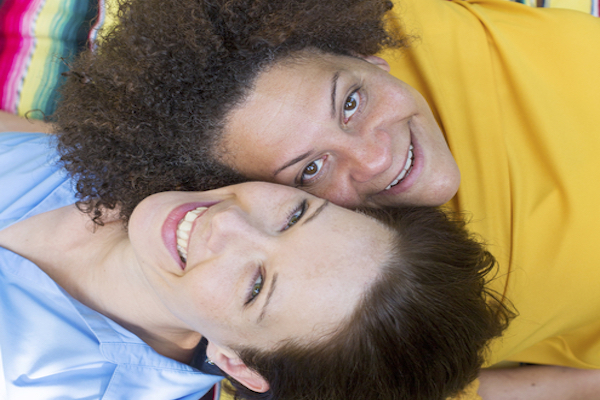Megan Robbins, assistant professor of psychology at the University of California, Riverside, is looking to recruit 150 same- and opposite-sex married (or marriage-like) couples for a new study that will look at how couples interact in their daily lives.

“I became interested in how lesbian and gay couples communicate after a study I did on how couples interact during a stressful period of their lives,” says Robbins.
In the previous study, Robbins examined couples whose spouses were battling breast cancer. After analyzing the data, she noticed same-sex couples communicated differently than heterosexual couples. For example, according to Robbins, the data suggests that in heterosexual relationships husbands often dominated the conversation when speaking to their wives, but when a woman spoke to her lesbian partner, there was a sense of equality to her tone.
“The study was comprised of mostly heterosexual couples, and only seven lesbian couples, so I don’t have enough data to really dive into what it all means,” explained Robbins. “But, I became interested in looking at the dynamics of lesbian and gay relationships. When I noticed there is practically no research about homosexual couples available, I decided that it was time to look into it myself.”
Just about all couples’ therapy research, and therefore advice, concentrates on heterosexual couples, explained Robbins – how couples should deal with a tragic event, how to communicate with one another, how to love one another, and the list goes on. But, how this advice applies to same-sex couples is unclear.
If Robbins’ analysis on the little data she gathered from her previous study is characteristic of homosexual couples (stronger communication style, happier partnerships), then there is a lot all men and women can learn from these relationships to promote healthy behaviors, she said.
Couples who are interested in participating in the study may contact Robbins by sending her an email at megan.robbins@ucr.edu. Robbins is looking for 50 gay, and 50 lesbian couples, as well as 50 heterosexual couples. Participants will get paid, and the study will take a few hours of their time over one month.


